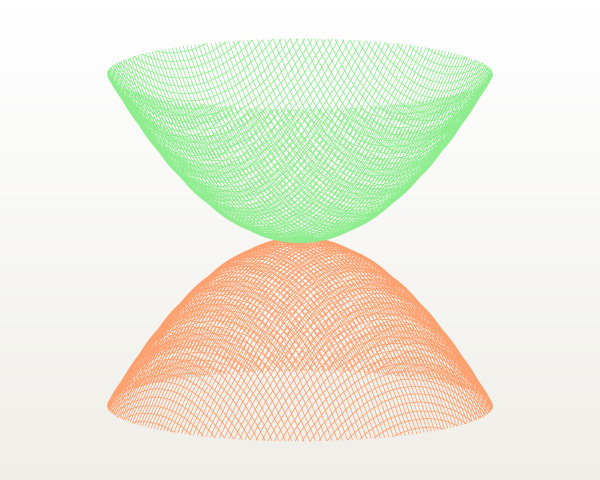
Figure 1: A diagram showing one case of the energy dispersion of surface states in an s-wave superconductor. Theoretical calculations reveal that topological s-wave superconductivity can occur in superconductor materials that include iron-based superconductors. Reprinted, with permission, from Ref. 1 by the American Physical Society.
Exotic superconducting states could exist in a wider range of materials than previously thought, a theoretical study by two RIKEN researchers indicates1.
Superconductors conduct electricity without any resistance when cooled below a critical temperature that is specific to the superconducting material. They are broadly classified into two types: conventional superconductors whose superconducting mechanism is well understood, and unconventional superconductors whose mechanism has yet to be fully determined.
Superconductors have intrigued scientists since their first experimental demonstration at the beginning of the twentieth century. This is not just because they have numerous applications, including great promise for quantum computing, but also because superconductors host a rich range of fundamental physics that has allowed physicists to gain a deeper understanding of material science.
The last decade has seen the emergence of an exotic addition to this special group of materials: the topological superconductor. However, it was thought that very few materials were likely to exhibit this unusual phenomenon.
But now, Shingo Kobayashi and Akira Furusaki, both from the RIKEN Center for Emergent Matter Science, have predicted that topological superconductivity may exist in more materials than previously thought.
Superconductivity arises when electrons form couples known as Cooper pairs. The shape of this pairing is crucial.
The Cooper pairs in most conventional superconductors are symmetric about a central point; this is called s-wave pairing. In contrast, the Cooper pairs in unconventional superconductors have more complex symmetries, referred to as p-wave and d-wave pairings.
Much effort has been devoted to studying topological superconductors among p-wave materials due to their rich topological structures. However, these superconductors are rare in real materials, which has hindered the study of topological superconductors.
Kobayashi and Furusaki theoretically investigated topological superconductivity in materials with s-wave pairings.
"Our study theoretically predicted topological s-wave superconductivity in superconductor materials that include iron-based superconductors," explains Kobayashi. "We revealed a rich topological structure even with s-wave pairings. And we also identified a new topological phase."
By uncovering a new topological phase in a well-studied class of superconductors, the study opens up new avenues for research into topological superconductivity.
"Our findings have significant implications for advancing the search for topological superconductors and deepening the study of high-temperature superconductors," says Kobayashi.
The pair plans to take their research further in this area. "We want to generalize the concept of topological s-wave superconductivity to other superconductor materials," says Kobayashi. "We also plan to examine novel quantum phenomena associated with the topological phases."






